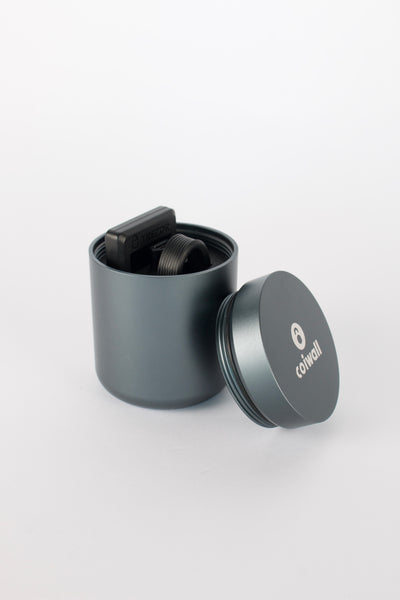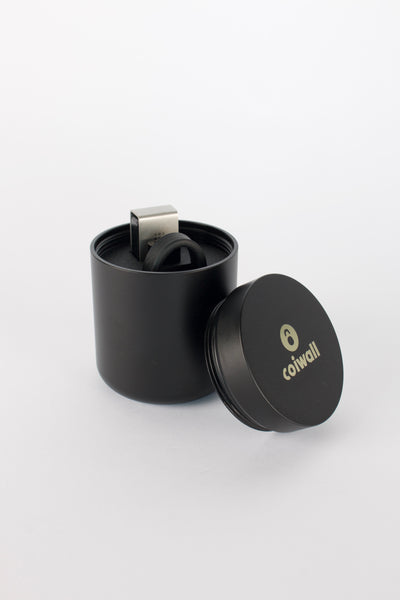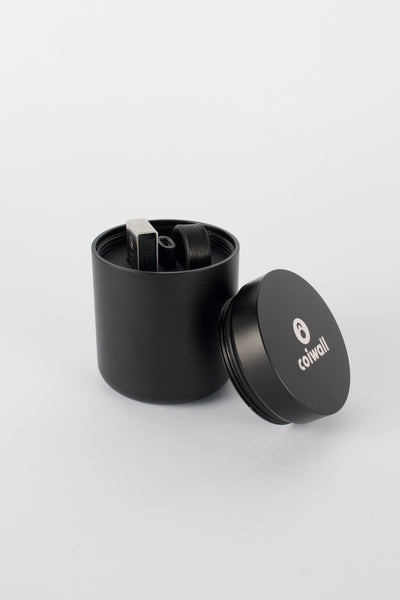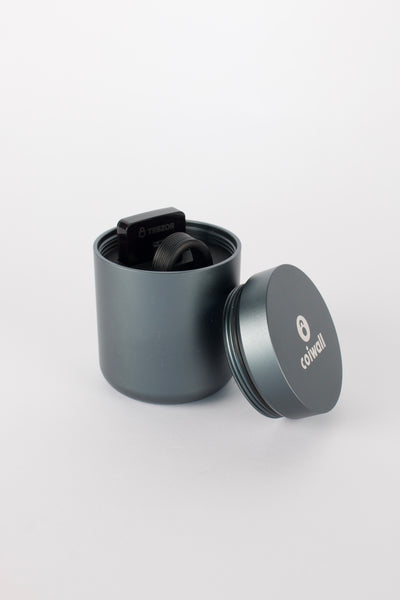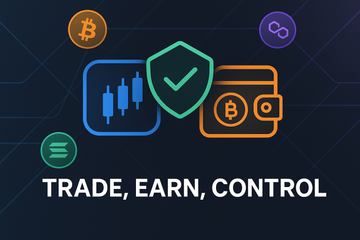If you spend your mornings checking charts and your evenings scrolling crypto Twitter, you have probably heard the same three letters again and again. OKX. It is a big exchange, sure, but it is also a growing Web3 hub. Traders use it for deep books and fast execution. Builders use it for tools. Everyday users like that it blends a friendly interface with serious muscle. The pitch is simple. Trade where the liquidity lives, then keep control of your keys when you want to. You know what? That balance matters.
So what actually makes OKX stand out?
At its core, OKX runs a large spot and derivatives venue with a modern feel. The spot market lists a wide set of pairs, from majors to niche sectors. Perpetuals and futures have tight spreads much of the day, which seasoned traders notice on entries and exits. Options are there for hedgers and premium hunters. The desktop layout feels clean. The mobile app carries the same energy, quick and no fuss. You can load TradingView-style charts, add a few indicators, and get on with it.
Fees and execution that feel fair
Fees matter when you click a lot. OKX uses a classic maker and taker schedule with tiered discounts. Volume unlocks better rates. Holding the platform token, OKB, can shave costs more. Slippage is a quiet tax, and tight books help reduce it. That is the simple truth. Always check the live fee page, since tiers change and promotions rotate. Still, many day traders find the all-in cost competitive when compared across top venues.
Security you can verify, not just trust
Here is the thing. Trust is good, proof is better. OKX publishes Proof of Reserves so users can check backing. It uses a Merkle tree so balances roll up without exposing your personal data. It adds zero knowledge math, usually zk-STARK style, so liabilities can be verified in aggregate. That transparency builds confidence. On the user side, you get 2FA, withdrawal allowlists, anti-phishing codes, and address book features. Set them up early. It is a small effort that can save a big headache. Mild repetition here is on purpose. Security, security, security.
Unified account, clean risk controls
Margin has two classic modes, isolated and cross. Isolated keeps risk in a single pair. Cross lets equity back the whole book. Power users can switch on portfolio margin if they qualify, which treats your account like one position with offsets. That can reduce margin needs, but it can cut both ways in fast markets. Liquidations do not wait. If you are new, keep leverage low and use stop orders. A green day is nice. Staying in the game is nicer.
The Web3 side is not an afterthought
OKX is also pushing a full Web3 experience. The OKX Wallet runs on mobile and as a browser extension. It supports many chains, like Bitcoin, Ethereum, Polygon, BNB Chain, Solana, and more. There is a DEX aggregator baked in, so you can route swaps across liquidity sources. There is an NFT marketplace that feels simple enough for casual collectors. WalletConnect support means you can hop into DeFi apps and sign transactions without leaving your flow. Seed phrase control stays with you, which is how it should be.
Hardware wallet mindset, even if you trade
Serious crypto folks use exchanges for what they do best, then keep long term funds in cold storage. A Ledger or Trezor hardware wallet pairs well with that plan. You can hold core positions on your device, then move funds to the exchange when you need liquidity. Withdraw back after trades clear. Test with a small amount first, label addresses, and double check every detail. It takes a few extra minutes. It buys peace of mind. Exchanges serve the market. Self custody protects your future.
OKB and the tech stack that ties it together
Beyond fees and perks, OKX has a broader stack. The OKB token supports discounts and various ecosystem features. The team has also worked on scaling with an L2 approach, often referenced as X Layer, focused on faster settlements and lower costs for builders. For developers, the wallet and DEX APIs open the door to multi chain experiences. If you are shipping a dapp, that kind of plumbing helps. If you are just trading, you may never touch it, and that is fine.
Passive yield, staking, and a few cautions
OKX Earn wraps different yield products in a tidy storefront. You will see flexible savings, fixed terms, and staking. Some items are on chain, some are exchange based. Yields change with market risk. Read the info page, check lockups, and understand the counterparty. If the APR looks strange, ask why. There is nothing wrong with passing on a product you do not fully grasp. A small return you understand beats a big return that surprises you later.
Regional availability and KYC notes
Availability depends on where you live. Some regions have full access, others have limited features or no access at all. KYC tiers unlock higher limits and more products. Rules move with the times, so check the official site when you sign up. It is better to know the boundaries than to learn them mid trade. If you travel often, remember that access can change with your location.
Who actually benefits from OKX
Newcomers get a clear interface and quick swaps. Intermediate traders get a stable app, spot plus perps, and a simple fee path. Advanced users get unified margin, options, block trading, and solid API performance. Web3 users get the wallet, the DEX aggregator, and easy NFT flows. The mix is why many stick around. It feels coherent. It feels like one platform rather than a pile of parts.
Practical tips for a smooth start
- Turn on 2FA, withdrawal allowlists, and anti phishing codes before your first deposit.
- Start with spot trades, then add leverage only when you have a plan and a stop.
- Use a small test withdrawal to your Ledger or Trezor address before moving size.
- Read the live fee schedule, then consider OKB if the math makes sense for you.
- Back up your wallet seed phrase on paper, store it offline, never share it with anyone.
Seasonal trends, same core habits
Halving buzz, ETF flows, new memecoins, they all create noise and thrills. Volume spikes, spreads tighten, and liquidations show up on feeds. The habits do not change. Define risk. Mind position size. Keep dry powder. Move profits to self custody when you can. Repeat the boring parts. The result feels calm in a market that rarely sits still.
A small contradiction, explained
OKX wants you in its ecosystem, and it builds a lot to keep you there. I am telling you to trade there, then move out to your own wallet. That sounds odd at first. It is not. Good exchanges respect users who practice strong custody. Those users come back because they trust the flow. Markets reward traders who plan for both speed and safety. That is the whole point.
The bottom line
OKX blends a capable exchange with a real Web3 toolset. It is friendly enough for beginners, yet it has depth for professionals. The proof of reserves adds a layer of comfort you can check yourself. The wallet opens doors to DeFi without leaving the ecosystem. Pair it with a hardware wallet like Ledger or Trezor, and you get a setup that trades fast and stores funds cold. Simple idea, solid execution. If you want liquidity, features, and control, this is a contender worth your time.

